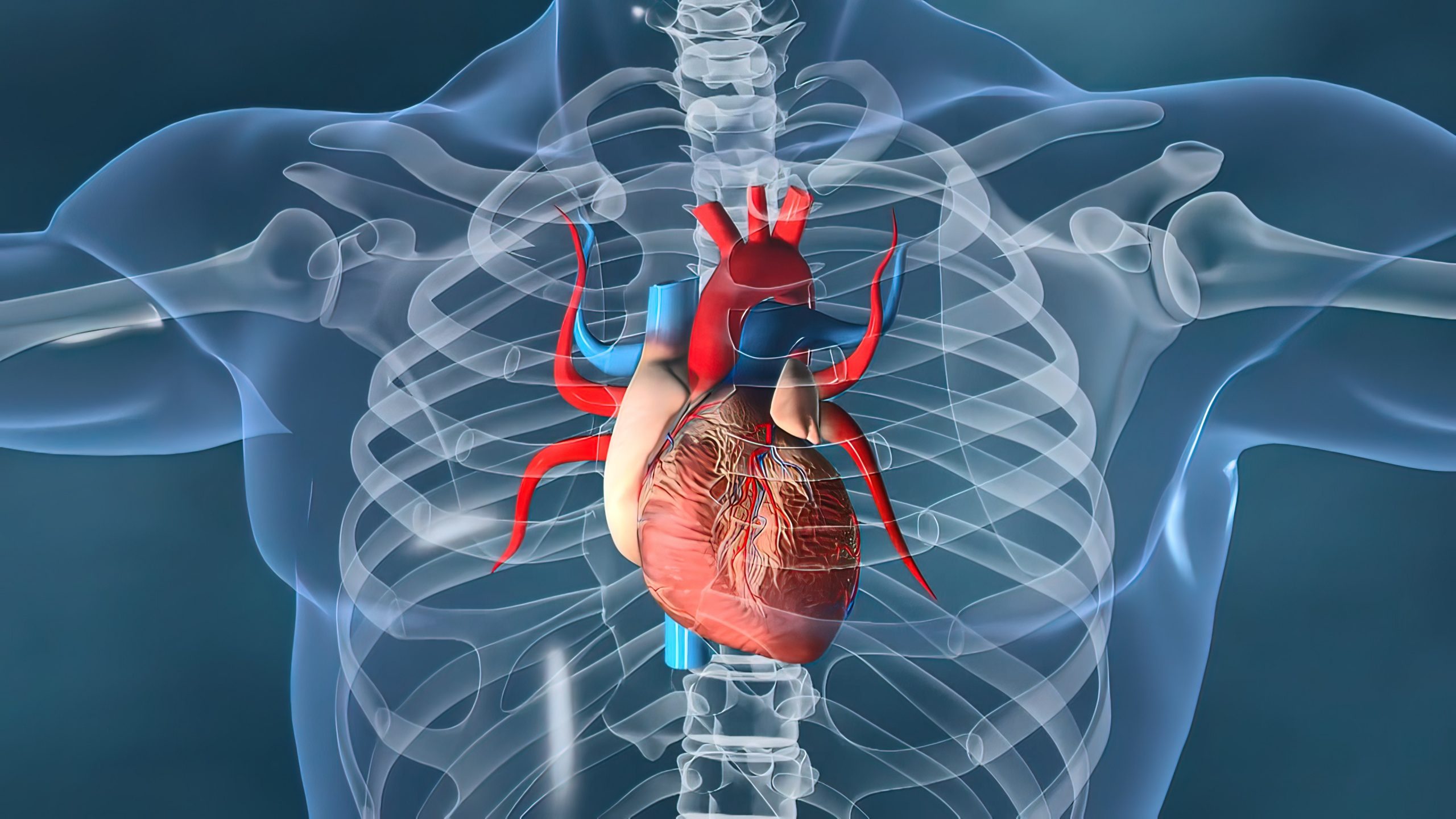Non-surgical method in heart valve treatments! Non-surgical methods, which are hope for advanced heart valve patients where surgery is risky, make you smile. The Mitraclip Method, which has been applied in Türkiye in recent years, gives positive results in patients who have difficulty in breathing and cannot even move from one room to another. The method also has a very important approach feature that can prevent the deterioration of the heart in the long term. Interventional Cardiologist Assoc. Prof. Dr. İsmail Ateş gave information about the subject.
 Stating that non-surgical methods are preferred in the treatment of heart valve diseases in Türkiye as in the whole world, Interventional Cardiologist Assoc. Prof. Dr. İsmail Ateş said, “Non-surgical methods, especially in patients who have difficulty in breathing, help their breathing to improve as well as help them relax their movements. The method has also become a very important approach that can prevent heart failure in the long run.”
Stating that non-surgical methods are preferred in the treatment of heart valve diseases in Türkiye as in the whole world, Interventional Cardiologist Assoc. Prof. Dr. İsmail Ateş said, “Non-surgical methods, especially in patients who have difficulty in breathing, help their breathing to improve as well as help them relax their movements. The method has also become a very important approach that can prevent heart failure in the long run.”
Noting that surgical intervention can be risky in elderly patients, Dr. Ateş said, “Mitral valve problems are seen in patients with a high age group, and in this case, surgical intervention is risky. Consider patients who cannot move from room to room at home; In other words, there is a problem in heart failure and heart valves, but it is not possible to undergo surgery… We can intervene in such surgically rejected patients with the Mitraclip Method.”
Patients’ mobility increases
Ateş continued, “The Mitraclip method is applied with the angiography method. This procedure, which is made from the groin, where there is no incision in the chest, takes 1-1.5 hours. With this method, we perform mitral valve repair by latching method by entering through the vein in the right groin, just like angio. The mitral valve consists of anterior and posterior leaves. With the angiography method, the heart is reached by entering the inguinal vein with a catheter and passing through the large vein in the abdomen. Then, the mitraclip device is delivered to the level of the mitral valve through the catheter in the vein. The mitraclip’s wings unfold when it reaches this point. The problematic heart valve parts are taken under the wings of the miraclip and the stitches are fixed to each other when the targeted valve structure is achieved. At this point, it is tested that sufficient closure is provided in the cover. In this way, the valve is repaired and the patients are discharged after 1 day to return to their normal lives. After the procedure, the patients’ complaints of not being able to breathe due to the heart and breathing irregularity decreased, as well as the growth of the heart stops and the movement capacity of the patients increases.”
The triclip method in the treatment of tricuspid valve
Touching on the TriClip method, which has started to be applied in the treatment of tricuspid valve, and its advantages, Dr. İsmail Ateş said, “As the name suggests, TriClip treatment is a treatment method based on the principle of placing clips (latching) on the valve, which we call the tricuspid valve, instead of the mitral valve, similar to the MitraClip treatment. After making similar preparations as in the MitraClip treatment, the main treatment goal is to connect the appropriate leaflets of the tricuspid valve, which has three leaflets, with the clip and to reduce the valve leakage. In this method, the patient can recover in a short time and return to his daily life in a much more energetic and healthy way.”
What is the Aortic Valve Renewal (TAVI) procedure?
Dr. Ateş also gave information about the TAVI method, which is the aortic valve regeneration process, and said, “Aortic valve diseases are a serious health problem that can occur as a result of calcification of the valve, especially with advancing age, and can even result in death in a short time if not treated. Aortic valve diseases seen in elderly patients may also be accompanied by insufficiency of vital organs such as lung, kidney and liver. These accompanying diseases can make surgical interventions very risky. The TAVI treatment method is mostly based on the placement of special apparatus designed as a remote valve stent with a pressure-inflatable balloon into the aortic valve position via the inguinal artery. After this valve placement procedure, which can be performed in a short time of about 1 hour, the patient can stand up in a short time and continue his daily life.”


